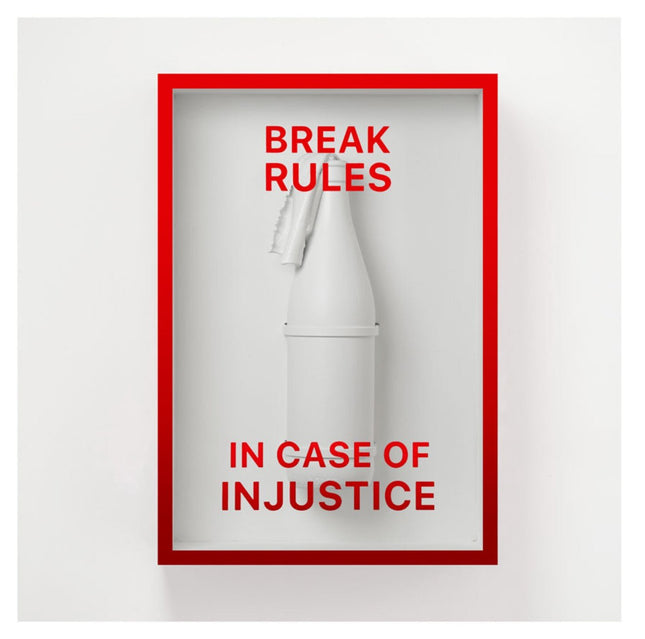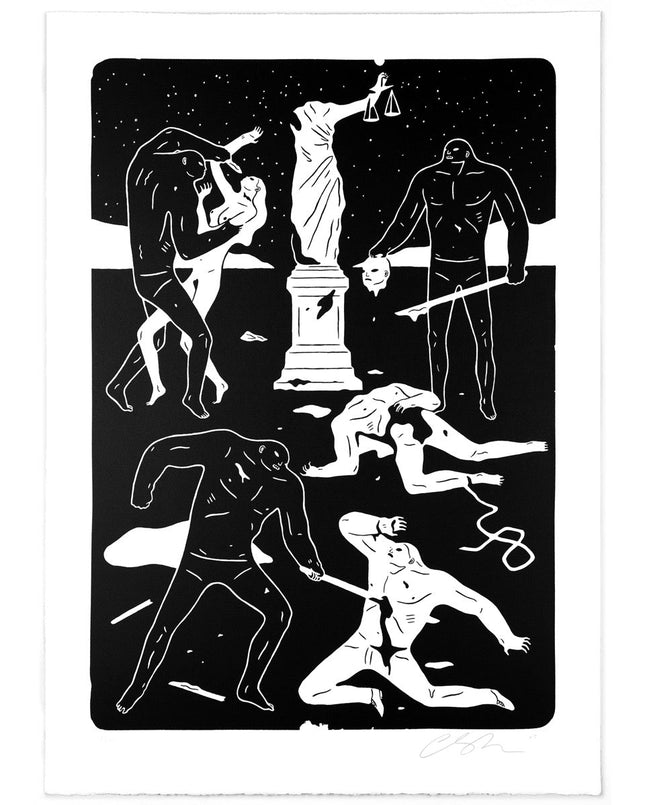Graffiti art and street art have been a form of expression for many individuals, often seen as a way to express their opinions, feelings, and beliefs in public spaces. However, the legality of this form of art has always been a topic of discussion. While some consider graffiti art and street art as vandalism, others consider it as a form of public art. Law plays a crucial role in regulating and managing graffiti art and street art. This essay explores the various legal issues surrounding graffiti art and street art and how the law has influenced its development. Graffiti art and street art have a long history of being associated with vandalism. Many jurisdictions across the world have criminalized the act of graffiti and street art. These laws make it illegal to deface public or private property without the owner's permission. Individuals caught in the act of graffiti or street art can face criminal charges, fines, and even imprisonment. In some jurisdictions, graffiti and street art have been criminalized under specific laws, such as the Graffiti Prevention Act in the United States or the Criminal Damage Act in the United Kingdom. These laws not only prohibit the act of graffiti or street art but also allow authorities to remove the artwork and hold the artist accountable for the cost of removal. Despite the criminalization of graffiti and street art, many individuals continue to create artwork in public spaces. Some argue that this form of art is a way to express their creativity, bring color to otherwise dull and monotonous urban landscapes, and make a political statement. Supporters of graffiti and street art argue that it is a form of art that should be recognized and celebrated. In recent years, some cities have taken steps to promote graffiti and street art. Cities like New York, Melbourne, and Berlin have designated specific areas where graffiti and street art are allowed. These areas are known as legal graffiti walls or street art zones. These zones allow artists to create their artwork without the fear of facing criminal charges. Additionally, some jurisdictions have recognized graffiti and street art as a form of public art. In these jurisdictions, graffiti and street art are protected by law, and artists are given permission to create artwork on public property. Some cities have even gone as far as commissioning graffiti and street artists to create artwork in public spaces. However, the legality of graffiti and street art remains a contentious issue. While some individuals believe that graffiti and street art should be protected under the law, others believe that it is an act of vandalism that should be punished. In conclusion, law plays a critical role in regulating and managing graffiti art and street art. While some jurisdictions have criminalized the act of graffiti and street art, others have recognized it as a form of public art. The debate over the legality of graffiti and street art is likely to continue as individuals continue to express themselves through this form of art. Ultimately, the challenge will be to find a balance between protecting public and private property and allowing individuals to express themselves creatively.




